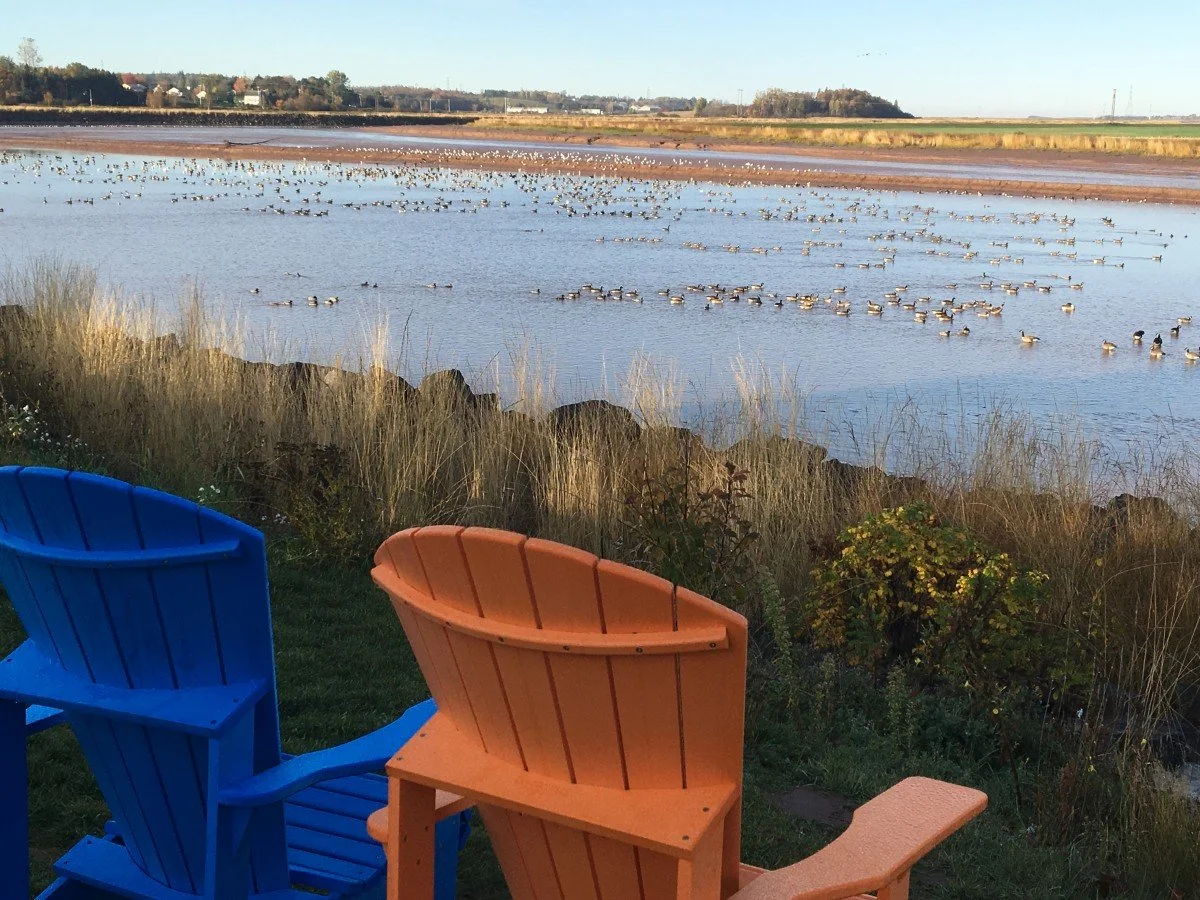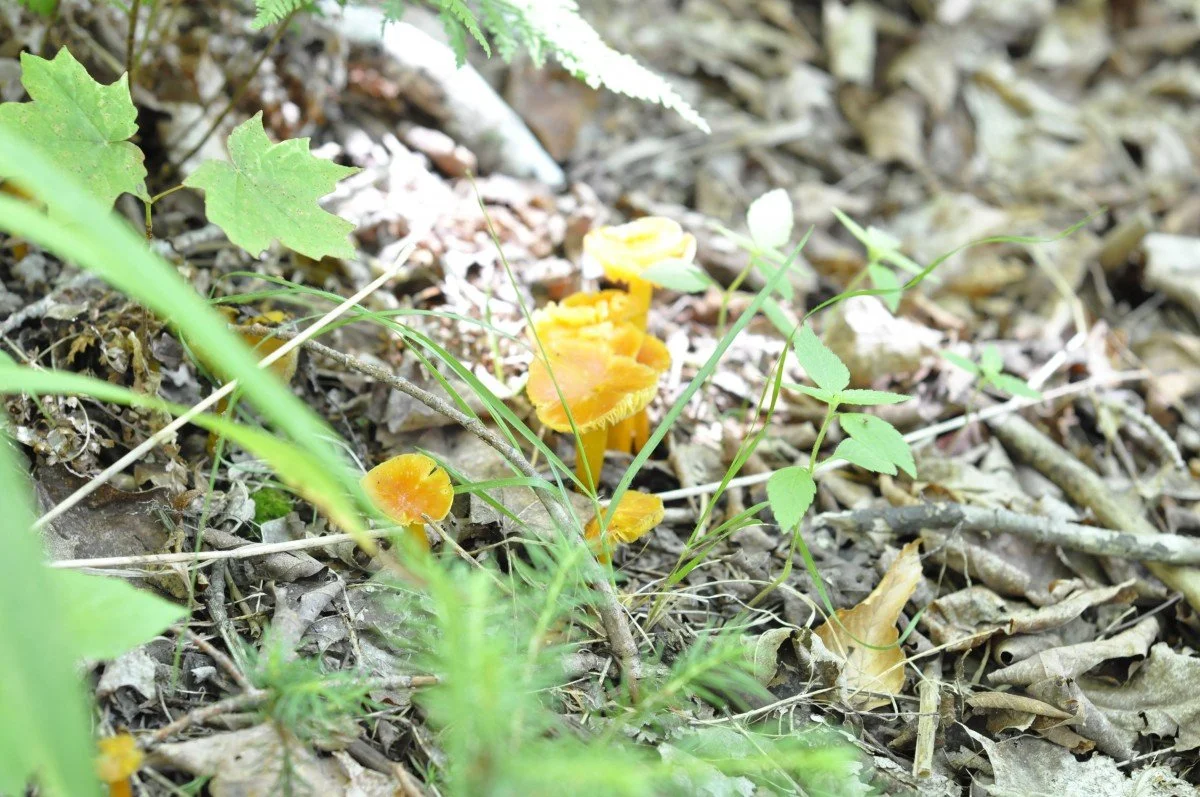The Five Islands from the air. Courtesy of Debert Flight Club and Tourism Nova Scotia.
About Cliffs of Fundy
The Mi’kmaq have inhabited these shores for more than 11,000 years. The Cliffs of Fundy is the home of legendary Kluskap and the backdrop to his many legends. The origin of the Five Islands, the Three Sisters, and the special significance of Partridge Island are but a few of these stories and places. The Cliffs of Fundy honours the ethical space of the Mi’kmaw people and their oral traditions of cultural geoheritage.
With dozens of impressive geosites within a 165 km drive, visitors learn about Earth’s incredible natural history including one of the best examples of how supercontinent Pangea was formed and broke apart; the oldest dinosaur bones in Canada; highest tides in the world; and a magnificent landscape steeped in Mi’kmaw legend, Acadian lore, and a vibrant arts, food, and musical culture.
Site of the highest tides on Earth, in the Minas Basin of Nova Scotia’s Bay of Fundy.
Location at the nexus of Pangean tectonics, expressed by the Minas Fault Zone.
One of the world’s foremost exposures of the Central Atlantic Magmatic Province, one of the largest outpourings of lava in Earth History.
One of the earliest known sites of human habitation in northeastern North America, dating between 13,500 and 11,000 years ago.
Site of early dinosaurs and Early Jurassic vertebrates mirrored in contemporary sites in Africa, China, and South America.
A textbook example of an ancient rift valley system.
Site of the earliest documented exploration for minerals by European explorers in the early Seventeenth century.
Learn more about our Brand
-

Logo
The logo was designed with the following four criteria in mind:
• the Geopark is a place of adventure and exploration
• the geological element of importance are the cliffs
• this is Mi’kmaq land
• the tides are defined by a water element
The cliffs have been iconized to a simple pointing arrow to the sky (signifing height and grandness). The water symbol was designed from the Mi’kmaw symbol for water.
-

Mascot
Our Mascot is a Woodland Caribou named Qalipu (pronounced hull-ee-boo) from the Mi’kmaw word meaning “to shovel”. These creatures were once abundant on these shores, but have migrated north since the early 1900s due to climate change, making them extirpated (locally extinct). These creatures eat lichen as a food source throughout the winter months, and are the only deer species where both male and females boast beautiful antlers.
Keep your eyes peeled for Qalipu, who is always eager to share their ecological knowledge about the Fundy Shore!
Mission
To celebrate and connect our geoheritage, tides, landscapes, and cultures through collaboration with our diverse communities and the promotion of sustainability and economic growth.
Vision
A flourishing UNESCO Global Geopark that welcomes residents and visitors to Learn, and to Explore, Discover and Enjoy!














